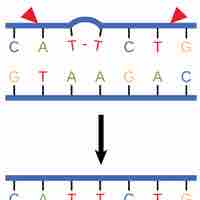Chapter 14
DNA Structure and Function
By Boundless
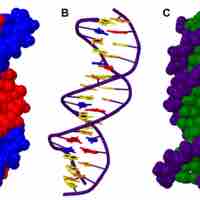
DNA is a double helix of two anti-parallel, complementary strands having a phosphate-sugar backbone with nitrogenous bases stacked inside.
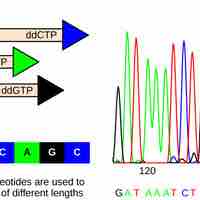
DNA sequencing techniques are used to determine the order of nucleotides (A,T,C,G) in a DNA molecule.
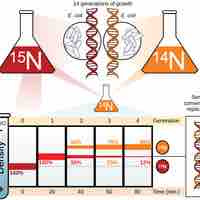
DNA replication uses a semi-conservative method that results in a double-stranded DNA with one parental strand and a new daughter strand.
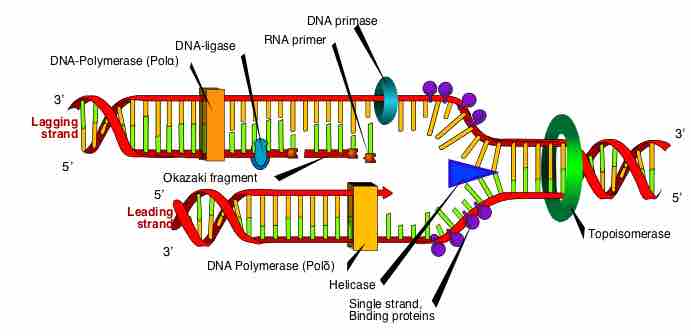
Prokaryotic DNA is replicated by DNA polymerase III in the 5' to 3' direction at a rate of 1000 nucleotides per second.

DNA replication in eukaryotes occurs in three stages: initiation, elongation, and termination, which are aided by several enzymes.

As DNA polymerase alone cannot replicate the ends of chromosomes, telomerase aids in their replication and prevents chromosome degradation.
